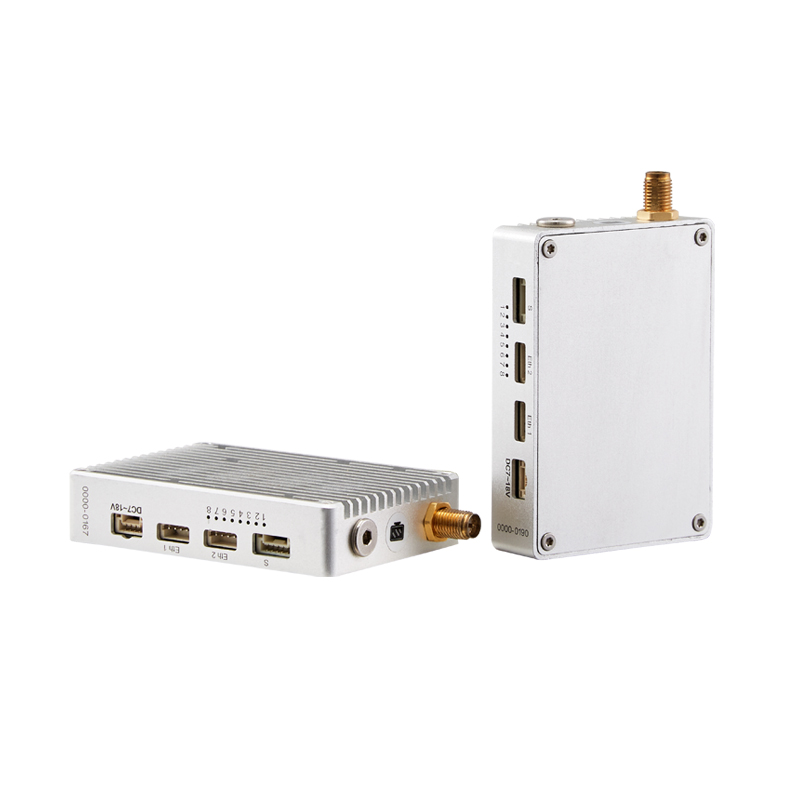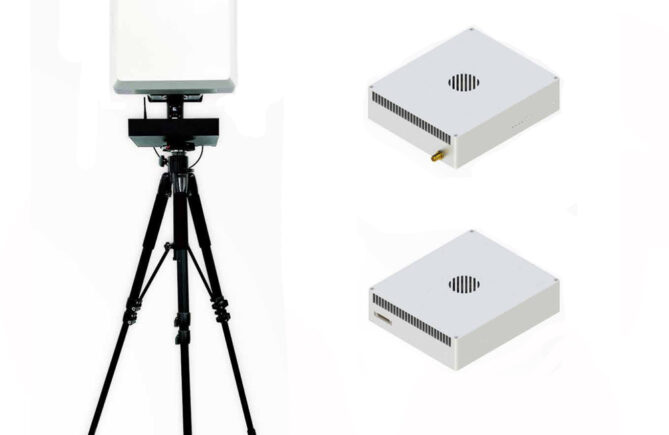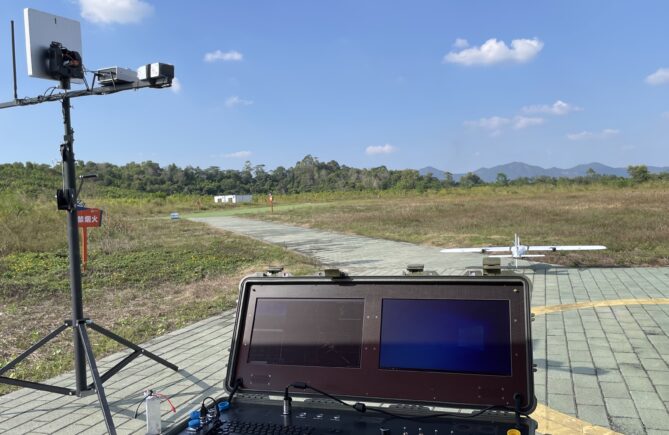
Drone video and data telemetry is to accurately and quickly transmit a thing from one place to another, resist interference and focus on the key points. The UAV image transmission system is an important part of the UAV. It is a kind of wireless electronic transmission equipment that adopts certain technology to wirelessly transmit the video captured by the camera carried by the UAV to the remote rear in real time. Therefore, the drone image transmission is also called the “eyes” of the drone
The current mainstream technologies for UAV image transmission:
1. OFDM technology
Technically, the most widely used transmission technology on UAVs is OFDM, which is a type of multi-carrier modulation. This technology is more suitable for high-speed data transmission. OFDM has many advantages, such as: it can also send out under narrow bandwidth. Large amounts of data, able to combat frequency selective fading or narrowband interference, etc. However, OFDM also has shortcomings: (1) carrier frequency offset; (2) very sensitive to phase noise and carrier frequency offset; (3) relatively high peak-to-average ratio. So it is the perfect technology to solve these three bottlenecks.
2. COFDM technology
COFDM is coded OFDM. Some channel coding (mainly to increase error correction and interleaving) is added before OFDM modulation to improve the reliability of the system. The difference between COFDM and OFDM is that error correction coding and guard interval are added before orthogonal modulation to make the signal more effective. OFDM is mainly used in application systems such as LTE (4G) and WIFI. COFDM is currently most widely used in DVB (Digital Video Broadcasting), including DVB-T, DVB-S, DVB-C, etc., and is widely used in Europe, Southeast Asia, South America, and Australia.
3. WIFI technology
WiFi transmission is the most widely used technology for drone image transmission with cost-effectiveness. However, because WiFi has many technical limitations and cannot be modified, and many manufacturers use solutions to build directly, its shortcomings are also very prominent. : For example, what format the chip is designed into is what format, cannot be modified, the technology is relatively solid; the interference management strategy is not real-time; the channel utilization rate is relatively low, etc.
4.Lightbridge HD long-distance digital image transmission technology
Lightbridge technology uses one-way image data transmission, similar to the data transmission form of a high-rise television broadcasting tower. The data transmission of Wi-Fi image transmission requires the sender and receiver to first establish a communication handshake mechanism, and then transmit each data packet with a size of 512 bytes. The transmission of each data packet must be complete and correct. The loss of one byte will cause the entire data packet to be retransmitted. After confirming that a data packet has been completely received, the next data packet will be transmitted. root cause.
For UAV flight, “real-time” wireless image transmission is very important. It is very time-consuming to resend the entire data packet due to one byte. From the perspective of data transmission, Wi-Fi transmission is already a fast wireless transmission technology, but the two-way handshake mechanism based on the TCP/IP protocol can easily cause Wi-Fi image transmission to fail to transmit aerial images in real time. Under the premise that UAV FPV flight requires high real-time performance, resending data packets will make the controller unable to see the real-time picture.
The real-time high-definition image without delay is what every pilot wants to see when flying from the FPV perspective. Even with the use of Lightbridge HD image transmission technology, zero delay cannot be achieved 100%, but this technology is undoubtedly the most advanced UAV image transmission at this stage, not only can minimize the image transmission delay, but also maximize Transmitting distance. In terms of technical implementation, it is precisely because Lightbridge uses a one-way broadcast data method, even if it flies far, the image transmission delay can still remain stable at about 100-200 milliseconds. The delay of Wi-Fi image transmission depends on the flight distance and flight environment, and generally ranges from 25% to 100% higher. Efficient one-way broadcast data transmission allows Lightbrige to easily surpass Wi-Fi image transmission.
5. Analog image transmission technology
Some UAVs without pan/tilt cameras can reach speeds of up to 80 km/h and use analog signal transmission technology. There is almost no delay in analog image transmission, and another feature of analog image transmission is that when the limit distance is reached, the screen will not suddenly jam or completely lose the entire picture. Analog video transmission is also a one-way signal transmission technology, which is a bit similar to the transmission of analog TV broadcast signals before the digital TV signal appears. When the signal becomes weak, a snowflake screen will appear, warning the pilot to adjust the flight direction or go back. Fly, get closer to the home point.
It can be said that the two image transmission methods of OFDM technology and WIFI technology are currently the mainstream of UAV image transmission, and the more advanced technology is COFDM technology. In fact, in general, UAV long-distance transmission is actually a balance between distance and power consumption, which also involves many modulation techniques, such as spread spectrum to improve anti-interference ability, channel source technology optimization and so on.



